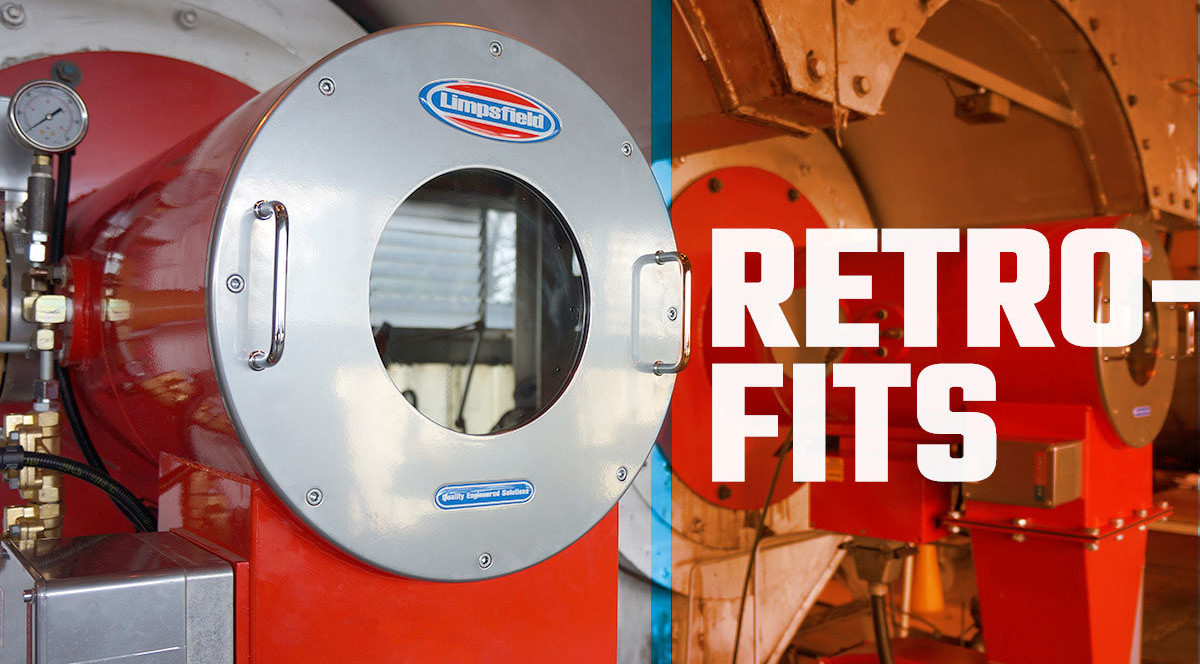Every day, the WARE Steam Mates see and maintain old, outdated boiler systems. Truly high quality boilers are built to last and can be relied upon for years to come, while boiler room technology is relatively stable, meaning that it’s possible to retrofit new parts and components onto older systems. Furthermore, by updating certain boiler components, owners can expect to experience a lower operational cost, improved efficiency, and fewer pollutant emissions.
There are a few common situations in which it’s wisest to retrofit an existing boiler system, particularly when a total replacement is too costly or logistically impossible. For example, if your boiler capacity has declined over the years, your system will not be performing efficiently. These inefficiencies are costly and become increasingly expensive as the years pass. Retrofits and upgrades are essential to preserving efficiency, and can often prove to be more cost effective than a total system overhaul.
In other cases, traditional fuel sources may have become too costly for profitability. Tightening regulations on carbon emissions have encouraged many facility owners to switch to a biomass fuel source. Biomass is also far less costly than many alternative fuel sources, and is virtually free from mercury and sulfur. However, a conversion from traditional fuel to biomass will require a boiler system restructure.
One of the best retrofits an owner can invest in is a burner. Over time, moving parts such as linkage joints and cams can become worn out, resulting in a loss of control over the fuel/air ratio. The result is hysteresis, when the burner can no longer repeat desired excess air levels across the firing range. Higher excess air levels translate to lower combustion efficiency. Burners can also suffer from deteriorated nozzles and other combustion-head components, all of which results in poor performance and high operating costs.
Burner retrofits can save plant owners a significant percentage of their operating cost, and can help meet EPA emissions and NOx requirements. Ready to learn more? Contact us today for a deeper dive into how retrofits can save you money and help protect the environment!
